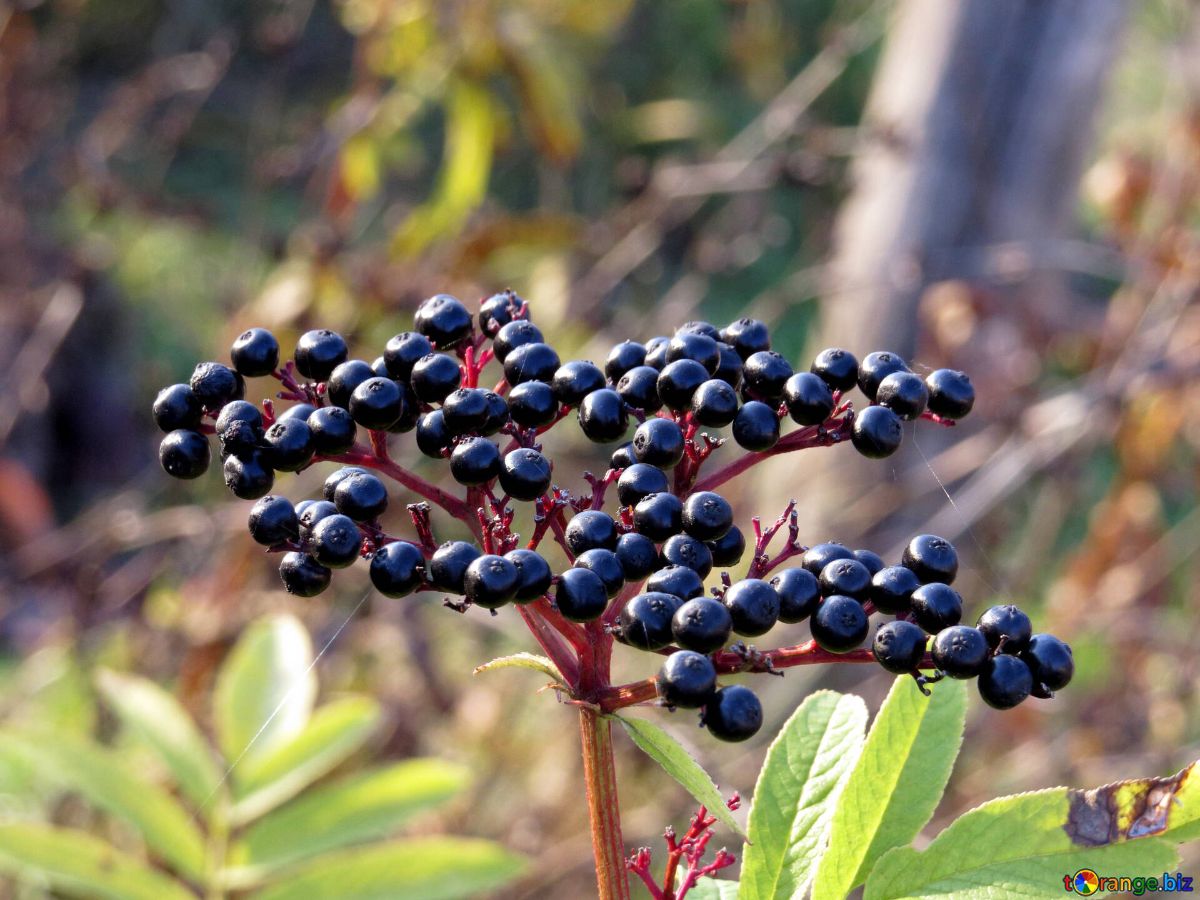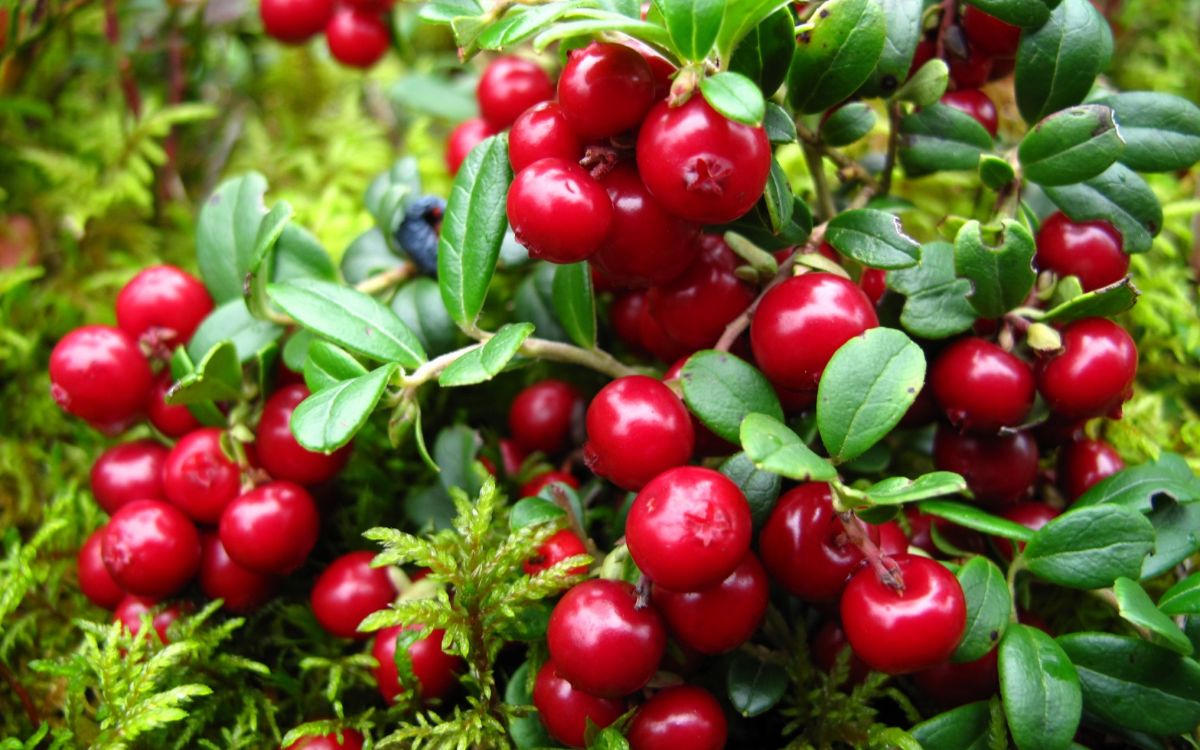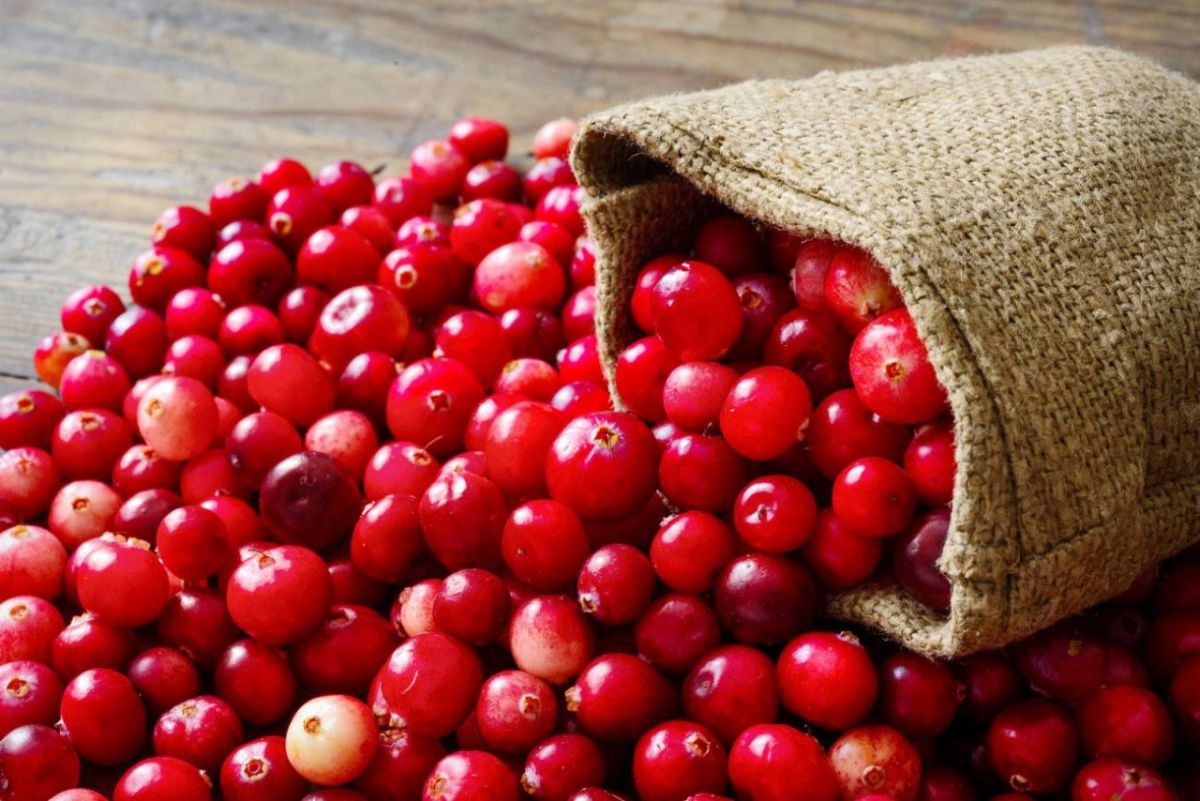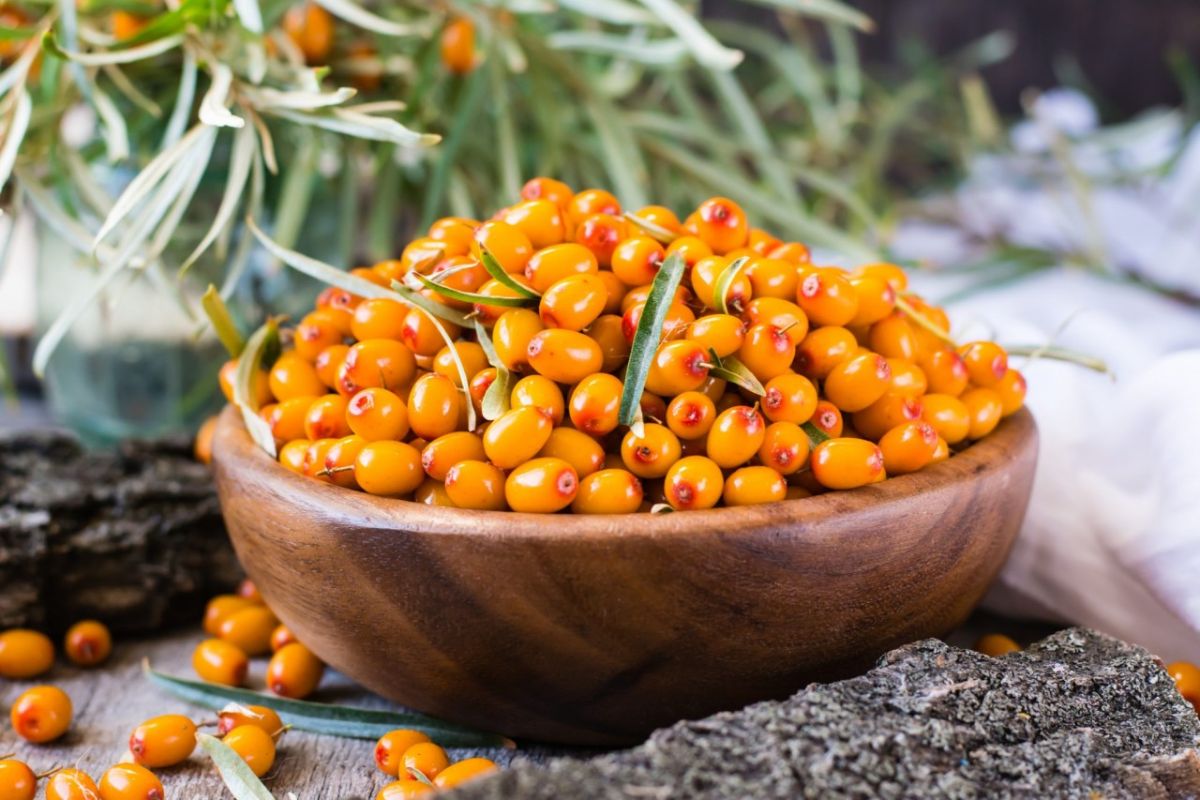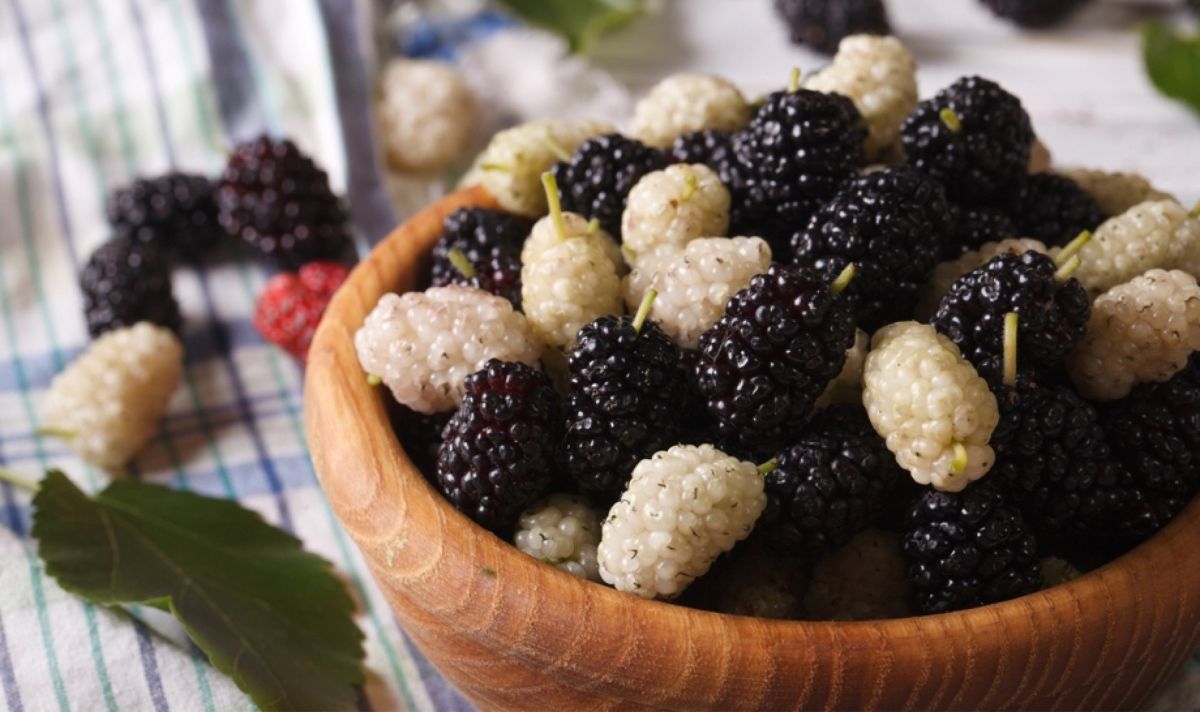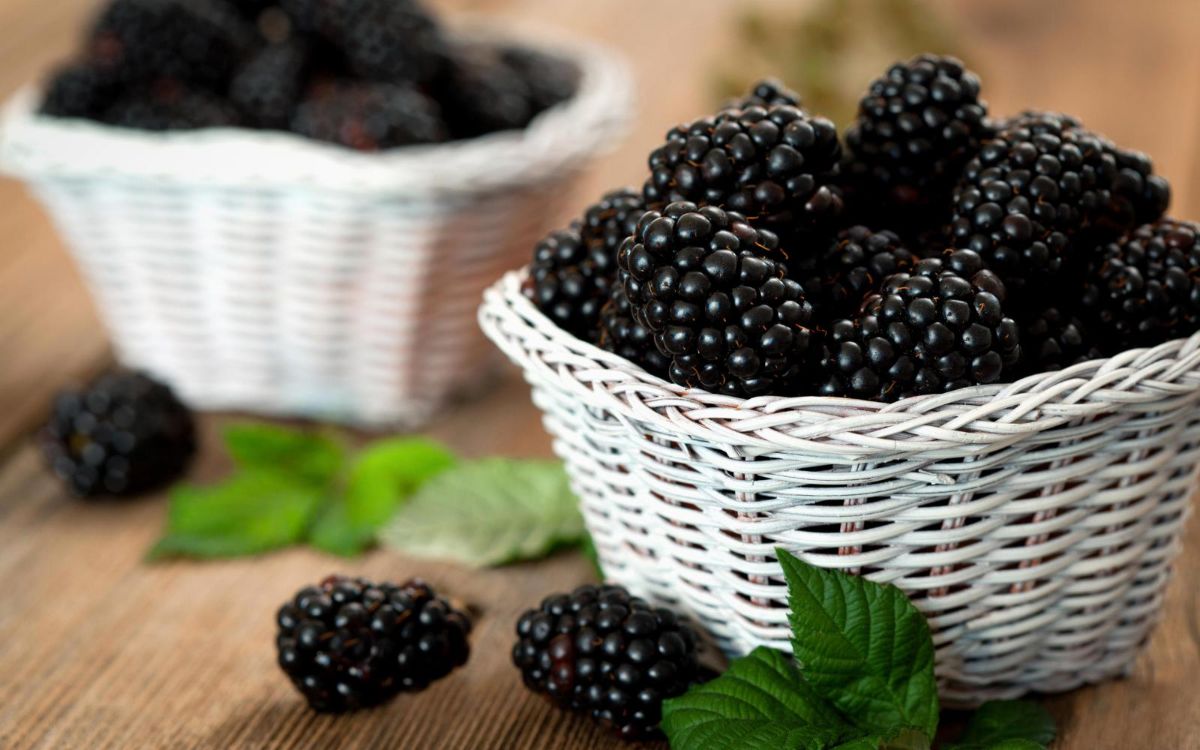Top 7 medicinal properties of viburnum for the human body
Viburnum is a tall shrub with red berries and clusters of white flowers, which is actively used in both folk and evidence–based medicine. Berries contain many vitamins, minerals and antioxidants that have a positive effect on human health.
In recent years, the beneficial properties of viburnum fruits have become the object of attention of scientists. Studies confirm that with regular use, they reduce the risk of developing various diseases from the cardiovascular, digestive and endocrine systems, prevent the appearance of malignant tumors and complications during pregnancy.
Content
7 useful properties
Below are 7 facts about the benefits of viburnum, which have a scientific basis.
1. Rich composition
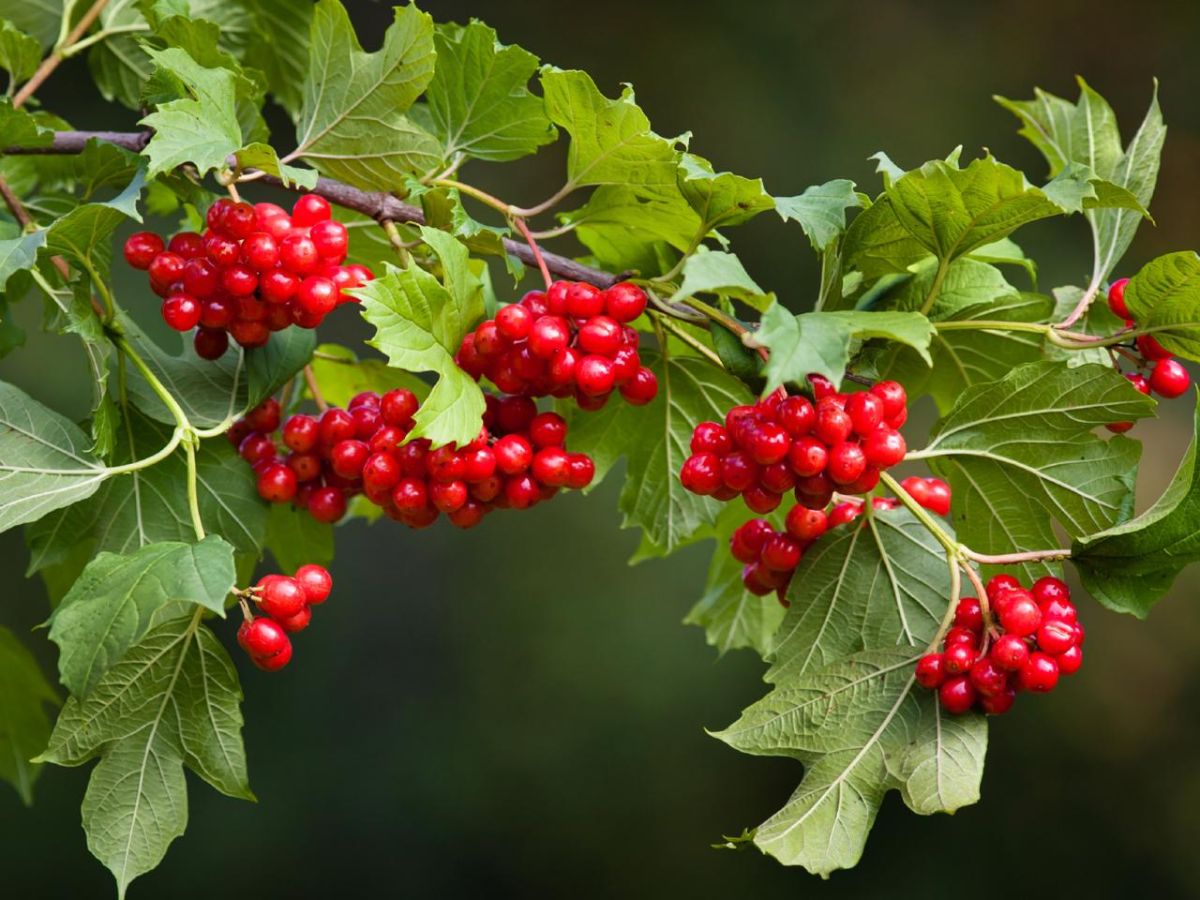
Viburnum is a low–calorie product (about 26 calories per 100 grams of berries), which contains a number of valuable vitamins and minerals:
| Name of the substance | Percentage of the recommended daily requirement (per 100 grams of berries) |
| vitamin A | 16,8 % |
| Vitamin B5 | 6,2 % |
| Vitamin B9 | 7,5 % |
| Vitamin C | 167 % |
| Vitamin K | 98 % |
| calcium | 17,1 % |
| magnesium | 14,2 % |
| phosphorus | 12,3 % |
| manganese | 26 % |
| potassium | 20 % |
| zinc | 4,2 % |
| iron | 6 % |
Also, fresh viburnum contains a large number of polyphenolic compounds. They have antioxidant activity, which causes the use of berries for the prevention of many chronic diseases of the heart and blood vessels, the endocrine system, as well as to prevent the early development of cancer.
2. Antioxidant effect
 According to the data of foreign studies, viburnum contains many antioxidants that block the effects of free radicals on body cells during oxidative stress.
According to the data of foreign studies, viburnum contains many antioxidants that block the effects of free radicals on body cells during oxidative stress.
It is with free radicals according to the latest scientific data, related early development of diseases from the cardiovascular and endocrine systems, aging of the body, as well as the appearance of malignant tumors.
3. Cancer prevention
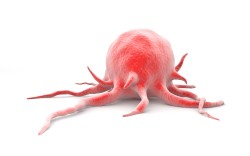 During laboratory experiments has been discovered
that viburnum extract has pronounced antitumor activity.
During laboratory experiments has been discovered
that viburnum extract has pronounced antitumor activity.
In experiments, the components of the plant not only suppressed the growth of foreign cells, but also caused their death and prevented metastasis.
Also proven efficacy against malignant degeneration of tissues of the colon and rectum.
It should be noted separately that viburnum can be used together with anticancer drugs. It not only enhances the effectiveness of the latter, but also reduces the harmful effects of medicines on rapidly dividing cells of the body (for example, spermatozoa).
4. Benefits for women
 Viburnum has a pronounced effect on the health of the female body.
Viburnum has a pronounced effect on the health of the female body.
According to the data of the scientific community, the berry can be used to treat endometriosis, reduce the growth activity of ovarian cysts, as well as for the treatment of primary and secondary dysmenorrhea (any menstrual cycle disorders).
It is also recommended to include viburnum in the diet of women during pregnancy. It reduces the severity of symptoms of toxicosis, prevents miscarriages at any time, lowers blood pressure and reduces the risk of eclampsia. Also a berry Boosts immunity mother and fetus.
5. Lowering blood pressure
 Viburnum vulgaris has been used since ancient times to reduce high blood pressure and prevent fatal cardiovascular complications caused by hypertension.
Viburnum vulgaris has been used since ancient times to reduce high blood pressure and prevent fatal cardiovascular complications caused by hypertension.
In 1972, foreign specialists discovered the ability of the plant to cause the expansion of arterial vessels (due to the relaxation of smooth muscles), and in 2006, Ukrainian scientists confirmed this assumption is made by conducting experiments on mice.
It should be noted separately that viburnum berries have a weak hypotensive effect and can be used to prevent the early development of hypertension (in the presence of metabolic syndrome or a burdened family history) or to treat this pathology together with medications (to reduce their dosage).
6. Prevention of type II diabetes mellitus
 According to the data
Russian scientists, viburnum increases the sensitivity of peripheral tissue cells (muscle and fat) to insulin.
According to the data
Russian scientists, viburnum increases the sensitivity of peripheral tissue cells (muscle and fat) to insulin.
As a result, tissues more effectively capture glucose from the blood, reducing its concentration and, accordingly, the risk of micro- and macrovascular complications.
Viburnum affects the main pathogenetic factor in the development of type II diabetes mellitus – insulin resistance. It can be used for the prevention of the disease or for treatment in the early stages.
7. Benefits for the digestive system
 Scientists discovered
that the substances contained in viburnum berries have gastroprotective properties.
Scientists discovered
that the substances contained in viburnum berries have gastroprotective properties.
They protect the gastric mucosa from the effects of any aggressive factors (hydrochloric acid, extraactive food components, invasion of Helicobacter pylori, the effects of medications).
This property allows the plant to be used for the prevention and as an auxiliary method of treatment of gastritis, as well as gastric ulcer.
Viburnum dietary fibers correct the balance of intestinal microflora (increase the number of beneficial microorganisms, inhibit the activity of pathogenic representatives of microbiocenosis), normalize the motor evacuation function of the intestine, preventing the appearance of constipation.
It is important to note that the berry reduces the risk of developing colon cancer, the incidence of which is steadily decreasing every year.
Harm and contraindications
 As mentioned above, viburnum has a number of proven medicinal properties and is generally safe for most people.
As mentioned above, viburnum has a number of proven medicinal properties and is generally safe for most people.
However, in some cases it can harm the body, as side effects may occur.
The number of contraindications of viburnum is small:
- Increased individual sensitivity. Allergies to viburnum are extremely rare (usually in external contact with skin or mucous membranes). Systemic reactions (anaphylaxis, angioedema) have not been described in the scientific literature.
- Urolithiasis. Viburnum increases the likelihood of stones forming in the lumen of the urinary tract, and also accelerates the growth of existing concretions.
How to use it correctly?
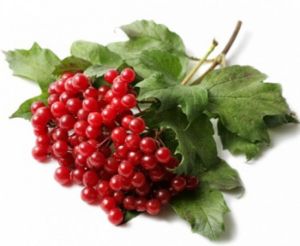 Below are the answers to the most popular questions about the use and use of viburnum:
Below are the answers to the most popular questions about the use and use of viburnum:
- Dosage. The recommended rate for fresh berries is 75 grams per day, 4-5 times a week.
- Reception time. Viburnum is strictly forbidden to be taken in the morning on an empty stomach (due to the possible irritating effect on the mucous membranes of the gastrointestinal tract), as well as in the evening (before going to bed, it will cause overload of the digestive apparatus and insomnia).
- Application in cooking. Viburnum is actively used for making jams, syrups, jams, jelly, juice and fruit drinks. Fruits, flowers, branches and leaves of viburnum are used to make decoctions, teas, tinctures and other medicinal drinks.
- Properties of the seeds. The seeds of viburnum fruits contain many antioxidants and are used to alleviate a number of heart and vascular diseases, urolithiasis.
- Oil Application . Viburnum oil is rich in vitamins (A and E). It reduces the risk of developing malignant neoplasms. It is also used to relieve gastritis and peptic ulcer disease (inside) or accelerate wound healing (topically).
- Application of bark. Viburnum bark is commonly used to stop local bleeding (nasal), as well as as an antimicrobial agent for inflammatory diseases of the oral cavity.
How to save for the winter?
 There are a number of ways to preserve berries for a long time. These include:
There are a number of ways to preserve berries for a long time. These include:
- Freezing. The most useful option, as frozen viburnum preserves almost all vitamins and antioxidants. To do this, the berries are laid out on a tray, frozen from 8 to 12 hours. Then the fruits can be poured into a bag and stored in the freezer for up to a year.
- Grinding with sugar . It leads to a significant loss of the biological potential of berries. For cooking, it is necessary to pass the berries through a meat grinder or beat with a blender and mix with sugar in a ratio of 1:2. Store in glass jars with a tightly closed lid in the refrigerator for up to two to three months.
- Jam. The volume of healing properties is almost similar to the previous version. To cook, you need 1 kg of berries and 1 kg of sugar, pour 360 ml of boiling water. Bring the mixture to a boil and cook over low heat for 10 minutes. Cool the jam, then bring it back to a boil and cook for another 5 minutes. Roll up in pre-sterilized jars.
- Drying. Increases concentration fiber and sugar several times, while significantly reducing the content of vitamins and antioxidants. The berries should be placed on a tray in the oven and dried at 60 ° C for 4-6 hours. Store in a dry place for six months.
- Tincture. Cooking will require: 200 viburnum juice, 200 ml of water, 400 grams of sugar and 700 ml of vodka. All components are mixed in a glass vessel, which must be left in a dark, cool place for 72 hours. Viburnum tincture retains a significant amount of vitamins, but practically does not contain polyphenols.
It is important to note that jam, as well as viburnum, mashed with sugar, should not be consumed with diabetes and obesity. Dried fruits are similarly prohibited.
Tincture is not recommended for use with coronary heart disease and hypertension.
Cooking Recipes
Many recipes have been developed based on viburnum. The most common ones are listed below.
1. Compote
Will require:
- 800 ml of water;
- 200 grams of sugar;
- 2,000 grams of viburnum berries.
Recipe:
- Rinse thoroughly and select the berries, dry them outdoors.
- Put the berries in a saucepan, pour sugar on top. Leave in this condition for 30-45 minutes.
- Add water. Bring to a boil.
- Simmer for at least 10 minutes. Remove from the stove and let cool.
2. Viburnum with honey
Ingredients:
- 100 grams of viburnum berries;
- 200 grams of honey.
Recipe:
- Sort and rinse the berries.
- Mash the fruits to a consistency resembling mashed potatoes. To do this, you can use a blender or fork.
- Add honey and mix thoroughly.
- Put in a glass container, close the lid and leave at room temperature for 7-8 days.
3. Morse
Necessary:
- 600 grams of viburnum berries;
- 1,500 ml of water;
- 100 grams of sugar;
- Honey – to taste.
Cooking scheme:
- Rinse and select the berries.
- Knead with a pusher. Separate the cake from the juice using a sieve. Put the juice in the refrigerator temporarily.
- Pour the cake with water, add honey and sugar.
- Bring to a boil, then immediately turn off the gas.
- Strain, add juice. Store in the refrigerator.
4. Tea
Ingredients:
- 1 tbsp dried viburnum leaves;
- 2 tbsp dried viburnum flowers;
- 400 ml of water.
Preparation:
- Place the leaves and flowers in a glass or ceramic vessel.
- Add 400 ml of boiling water. Let it brew for about 15-20 minutes.
Conclusion
- Viburnum fruits are rich in vitamins (especially C and K), minerals (calcium, magnesium, phosphorus, potassium) and antioxidants (polyphenols), which have a positive effect on the work of the whole body.
- The berry is able to reduce the risk of developing cardiovascular, endocrine and malignant diseases, normalize the digestive system, and improve the course of pregnancy.
- In general, the berry is safe for most people, and the list of contraindications is small. However, they must be taken into account before use.
